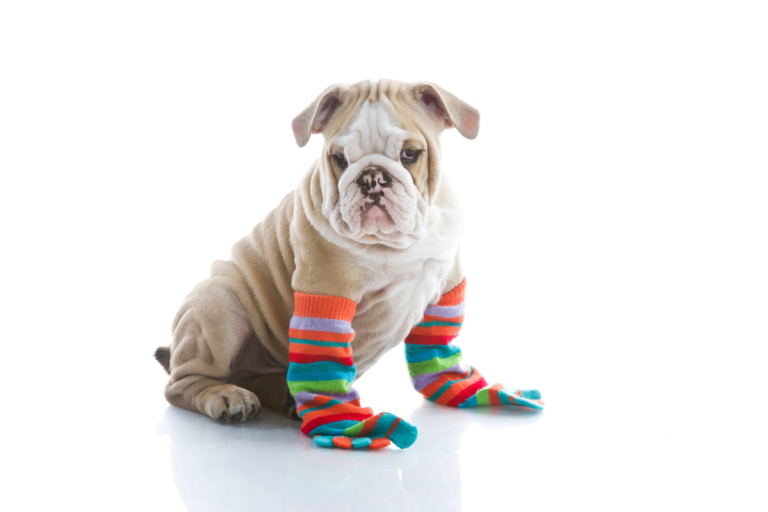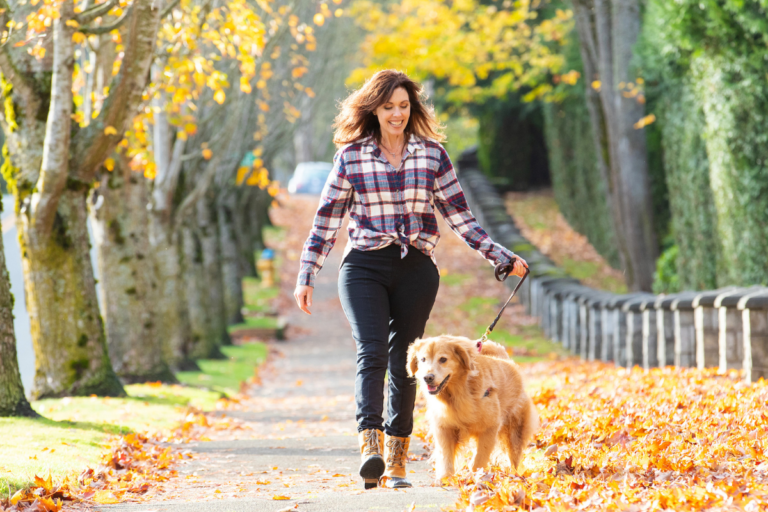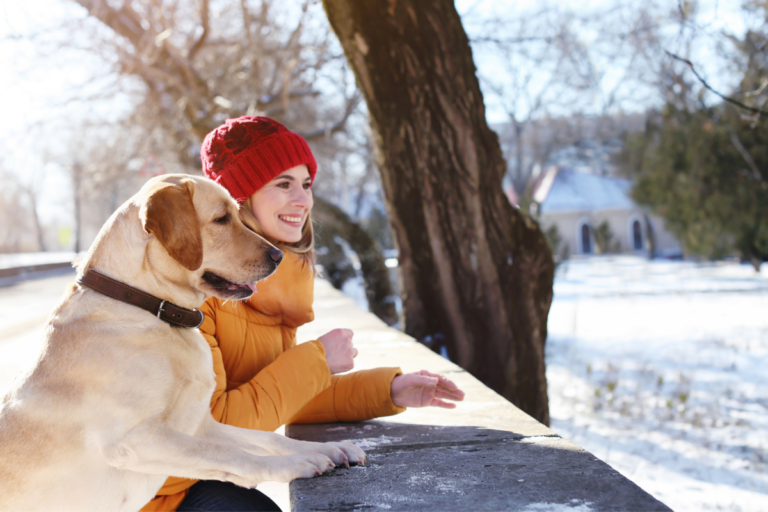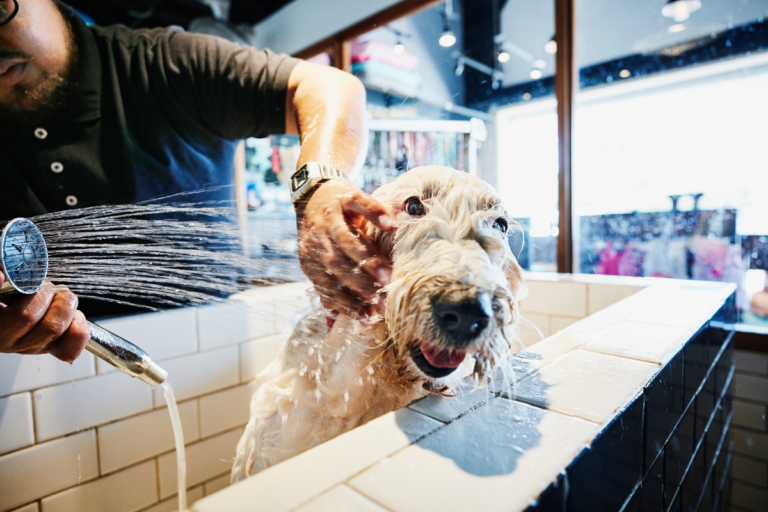Copperhead Snakes: Understanding the Risks to Your Beloved Pets
This post may contain affiliate links, meaning if you decide to make a purchase via my links, I may earn a small commission at no additional cost to you. You can read our full affiliate disclosure by clicking here.
Introduction:
Hey there, pet enthusiasts! I’m Maureen, and today we’re diving into a topic that every animal lover should be aware of: Copperhead snakes and the potential dangers they pose to our furry friends.
It is September and the start of football season, it is also the time of year when copperheads are born.
The baby snakes are born with venom and ready to defend themselves. The momma snake generally gives birth to about 8 – 10 of these critters, so if you find one there are others around. The babies will keep those greenish/yellow tips on their tails for about a year. These snakes are not generally aggressive but will bite if you are unfortunate enough to touch or step on one. Do not reach under bushes, around rocks, or even flower pots without looking first. They like damp places so beware, Keep your yards clear of children’s toys and your pets bowls.
While we all adore our pets, it’s crucial to educate ourselves about potential threats in our environment to keep them safe. So, let’s explore the world of Copperhead snakes and how we can protect our pets from these venomous reptiles.
Copperhead Snakes
Copperhead snakes are a type of venomous pit viper found primarily in North America. These snakes are known for their distinctive copper-colored heads, which make them relatively easy to identify. They are not known for aggressive behavior and often try to avoid confrontation, but when provoked or startled, they may bite as a defense mechanism.
The Dangers to Our Pets:
Copperhead snake bites can be a problem for our beloved pets. While they are not typically fatal, they can lead to discomfort, pain, and, in some cases, serious complications. Here’s what you need to know:
- Venom Composition: Copperhead venom is relatively mild compared to other venomous snakes, such as rattlesnakes. However, it can still cause swelling, pain, and tissue damage in the bitten area.
- Pets at Risk: Dogs and cats are the most common victims of Copperhead snake bites. They are naturally curious and may investigate snakes they encounter, putting themselves at risk.
- Symptoms: If your pet is bitten by a Copperhead snake, you might notice symptoms such as swelling, puncture wounds, pain, and limping. In severe cases, there could be more serious symptoms like vomiting, drooling, and difficulty breathing.
What to Do If Your Pet Is Bitten:
If you suspect that your pet has been bitten by a Copperhead snake, here are the steps you will need to take:
- Remain Calm: It’s crucial to stay calm to prevent unnecessary stress for your pet.
- Restrict Movement: Limit your pet’s movement to prevent the venom from spreading quickly through the bloodstream.
- Contact a Vet: Call your veterinarian immediately. If they are closed, I would contact the nearest pet emergency clinic. They will be able to provide guidance and may recommend antivenom or other treatments.
Preventive Measures:
Prevention is the best way to protect your pets from Copperhead snake bites:
- Awareness: Be aware of the presence of Copperhead snakes in your area and take precautions during walks and outdoor playtime.
- Leash Control: Keep your dog on a leash when walking in areas known for snake activity.
- Clear the Yard: Remove tall grass, brush, and debris from your yard, as these can be attractive hiding spots for snakes.
- Training: Consider snake aversion training for dogs, which can teach them to avoid snakes.
Conclusion:
As animal lovers, it’s our responsibility to ensure the safety and well-being of our pets. While Copperhead snakes are not typically aggressive, being informed about the potential dangers they pose is essential. By taking preventive measures and knowing what to do in case of a snake bite, we can keep our furry companions safe and continue enjoying our pet-filled adventures. Stay safe and keep spreading the love for our animal friends!







